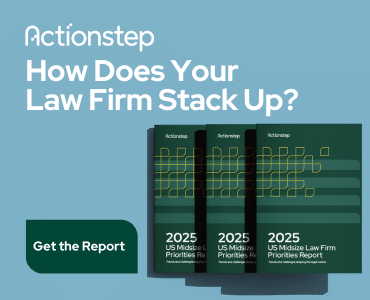Yeah, no, I get it. These little speech mannerisms just have a way of creeping into our vernacular. They’re hard to get rid of, but, for lawyers, this one may be the worst.
Which Is It — Yes or No?
Let’s say you are litigating a case of alleged arson. The question is, “Did you see Mr. W at the warehouse on this date?” The answer is, “Yeah, no, I was at the Miraculous Restaurant.” What does this mean? Did he or didn’t he see Mr. W at the warehouse? For admissibility and impeachment purposes, this response is, shall we say, problematic.
At “Get to the Point,” we’re not trying to guide your litigation tactics, so we’ll halt this hypothetical. This post is spotlighting an increasingly common language mishmash. We encourage you not to participate.
Why Do People Say This?
“Yeah, no” is not so much a positive or negative response, but rather an acknowledgment of receipt of the message. Maybe there was no question at all. As at the beginning of this post, the phrase may just be a filler. Unfortunately, this filler, unlike others such as “like” or “you know,” is intrinsically contradictory. In our business, that’s a bad thing.
Some commentators have speculated that the real answer in “yeah, no” is no, the yeah serving only as an acknowledgment of the question. Even if you agree, this view requires you to assume that the speaker did not mean the plain meaning of the spoken word. It’s hard to argue against “But he said yes” if he really did.
You may be thinking, OK, I’ll only use the expression when I’m not wearing my lawyer hat. The problem is that once “yeah, no” becomes part of your everyday speech pattern, it’s pretty hard to turn off.
I’ve previously suggested some ways to confirm that your message is being accurately received. What if you’re on the receiving end?
Let ‘Em Know You Got It
“I hear you” and “Got it” work. Or how about plain, old “I understand”? Each of these phrases can be a good response or preface.
You might go so far as, “Let me say that back to you to make sure I’ve got it.” This technique is called “reflecting.” You can mirror the speaker’s own words, or you might paraphrase.
Some negotiation experts encourage ongoing nods and uh-huh’s to show you are paying attention. These are permissible interruptions. However, these affirmative responses can cause the same confusion as “Yeah, no.” Some cultures always use these encouraging responses, and the recipient can be devastated when it turns out there is no agreement.
Do you use a phrase to show you’ve received the message? Let us know on LinkedIn or Twitter @attnyatwork. editor@attorneyatwork.com.
Related “Get to the Point!” Posts
- “Don’t Say This! You Follow?”
- “Three Tips to Make Sure Your Status Report Is Received”
- “The 1-2 Punch to Cure What’s Wrong With Email”
- “Cure Bad Speech Habits”
- “Do Your Gestures Belie Your Words?”
Illustration ©iStockPhoto.com
















